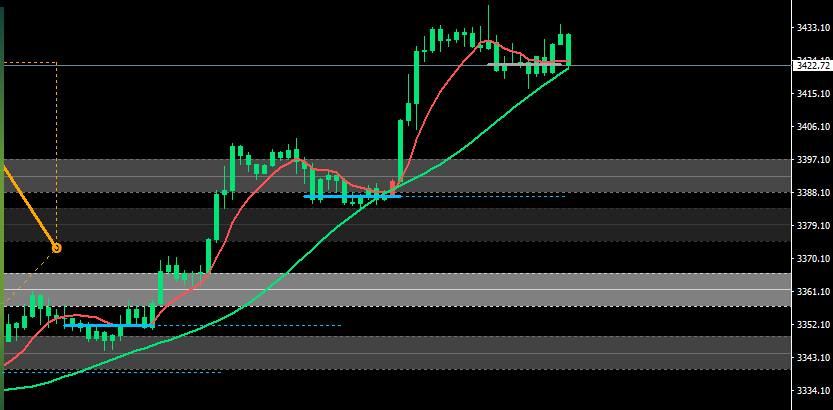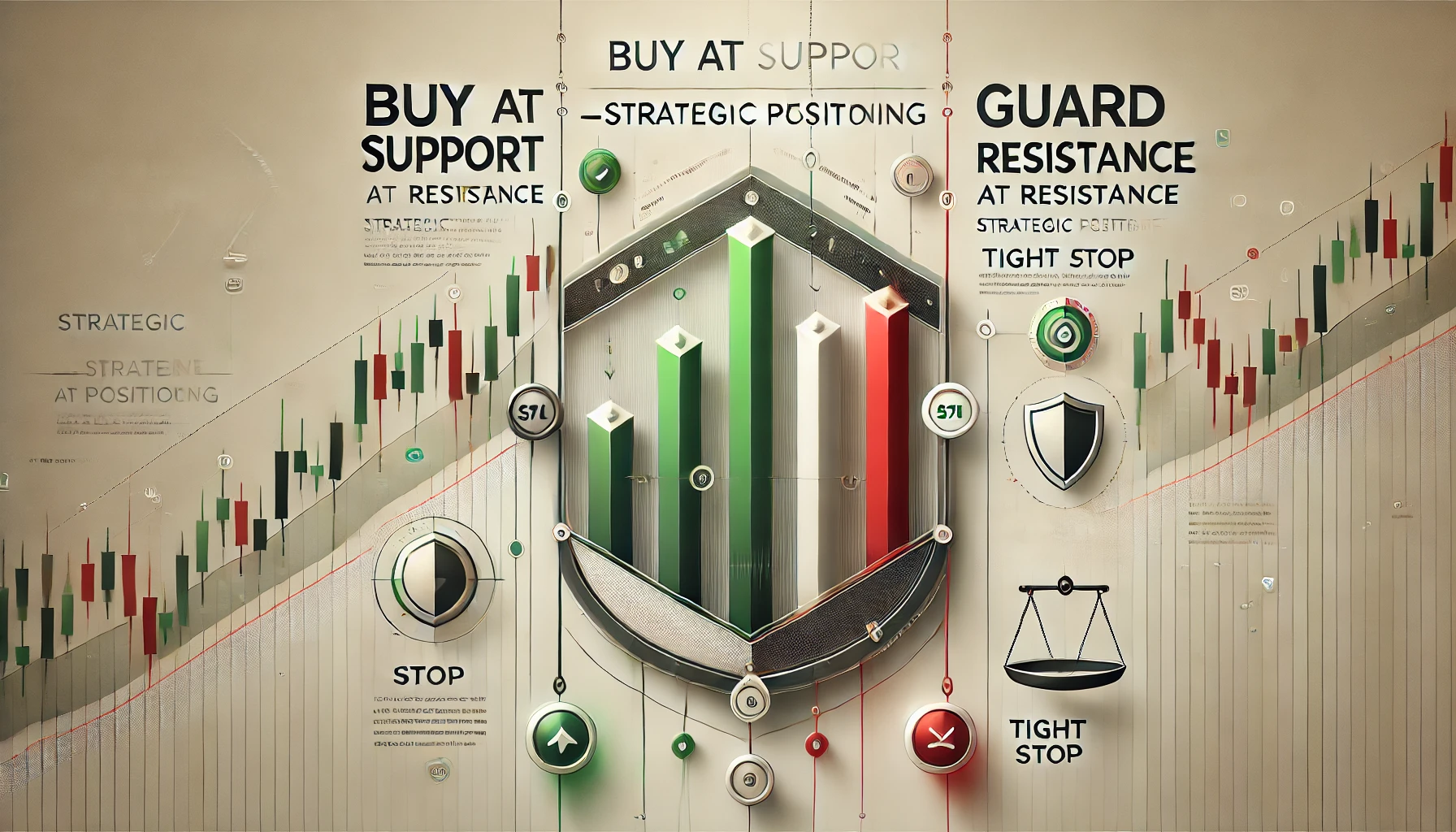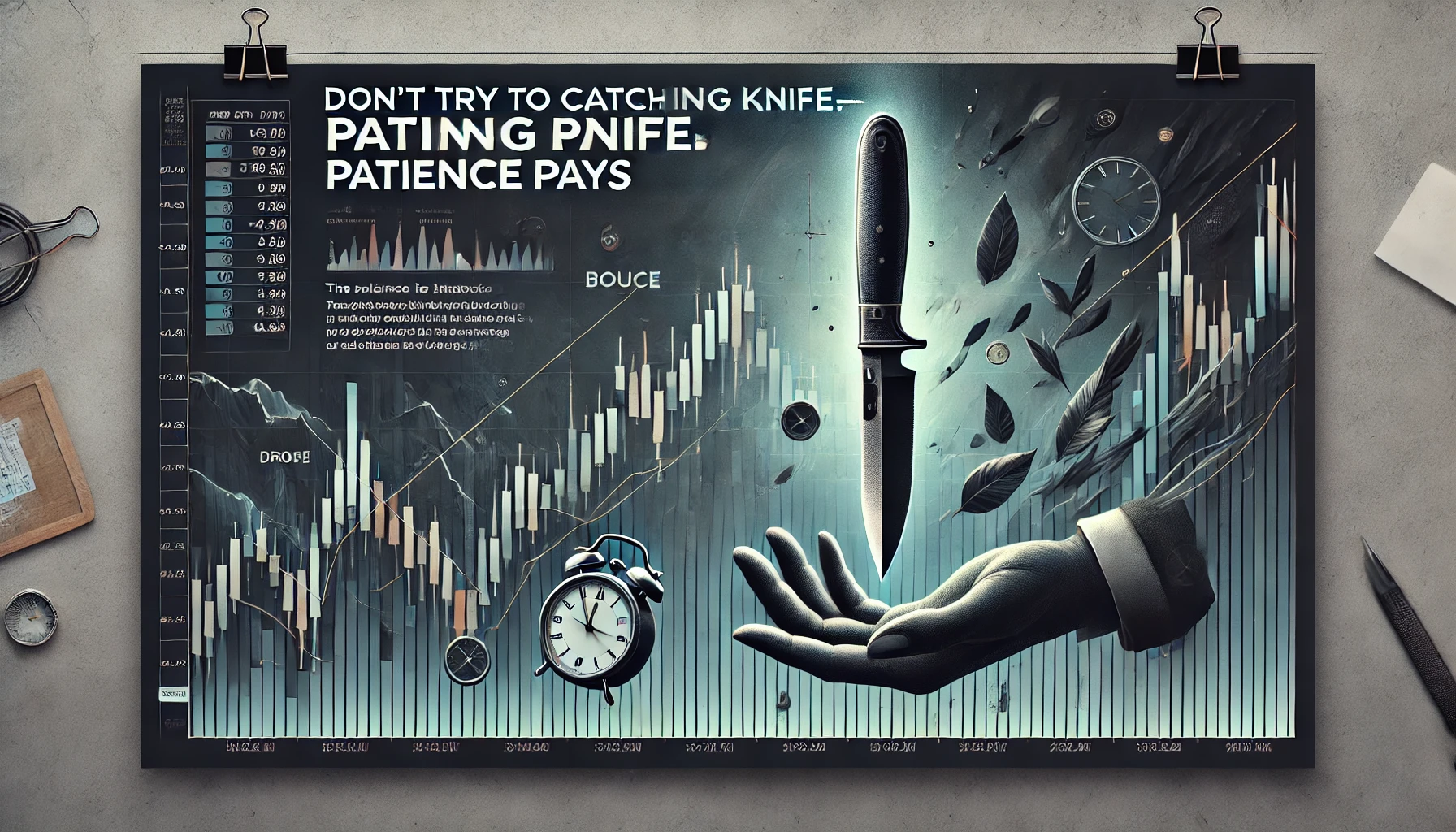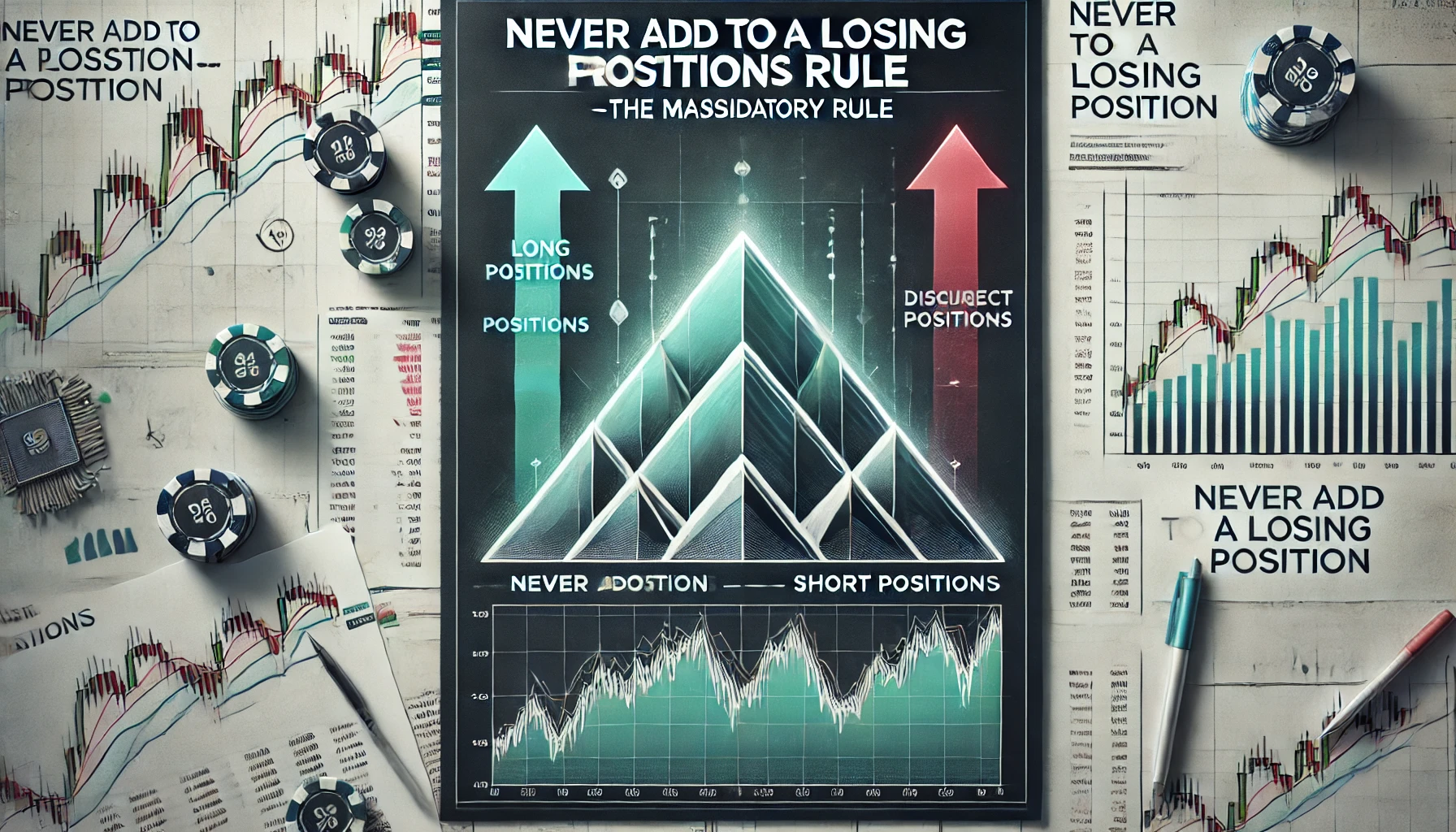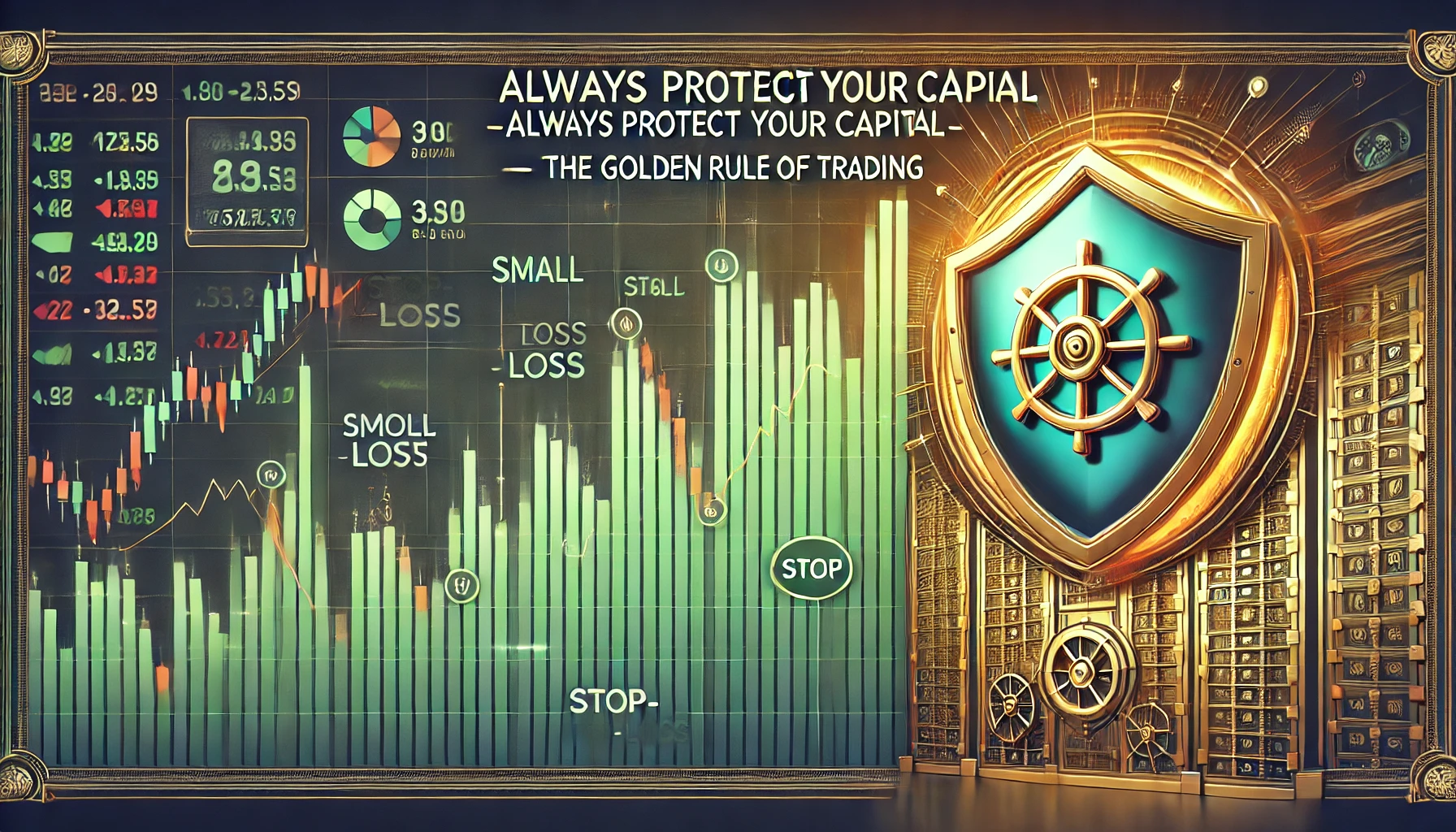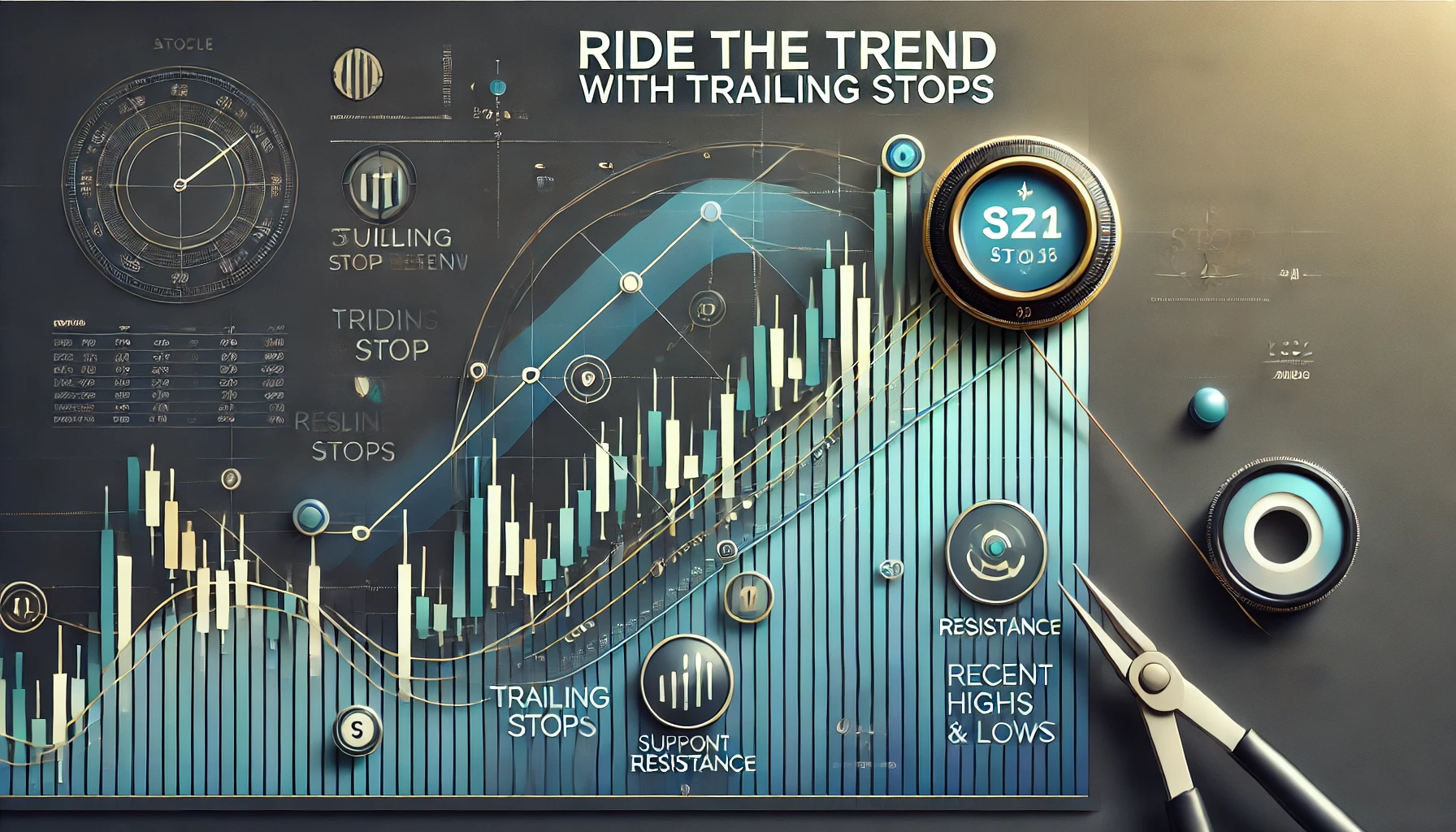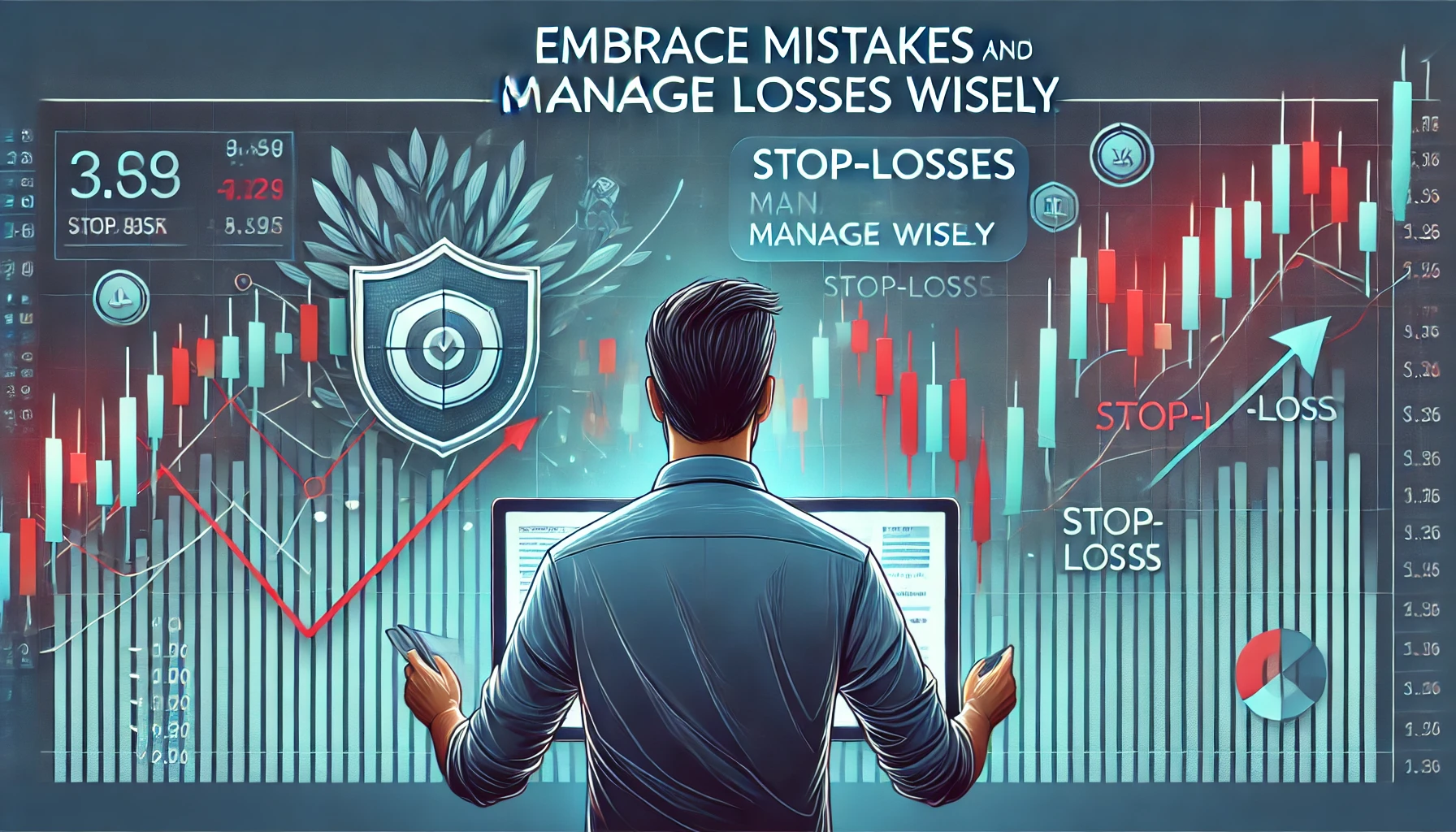The analysis focuses on the trading strategies for the evening of July 23, highlighting the strong upward trend in the market. The momentum is substantial, with prices consistently above key support levels, signaling that traders should primarily look for upward movement. The analysis emphasizes the importance of waiting for a “Buy on Dip” opportunity, particularly as high momentum levels may lead to a temporary overbought condition, increasing risks when buying at peak prices.
The first trading strategy discussed is Intraday trading, which is suitable for those who prefer not to monitor the market constantly. This strategy involves buying during price dips within the established upward trend. Key buy zones are identified between $3415 and $3390, with specific stop-loss and take-profit markers set to manage risk and maximize potential gains. The approach aims to capitalize on price corrections while maintaining a focus on the broader upward trajectory of the market.
The second trading strategy outlined is Scalping, which involves quick trades lasting between 5 to 15 minutes. This approach requires rapid decision-making and close monitoring of price movements. Two scenarios are presented: the first involves entering a buy position upon a breakout above previous highs, while the second suggests a sell position if the price fails to surpass resistance levels. Each scenario includes specific entry points, stop-loss thresholds, and take-profit targets, highlighting the need for agility in handling short-term trades.
The implications of these strategies extend beyond immediate profits; they reflect the current market conditions and trader sentiment. Intraday trading allows for capturing larger market movements while minimizing exposure to long-term volatility. Conversely, scalping focuses on exploiting small price fluctuations, which can be profitable in a highly liquid market. Both strategies require careful risk management to navigate the uncertainties of trading effectively.
In conclusion, the analysis provides a comprehensive overview of effective trading strategies for the evening session, emphasizing the importance of timing and market conditions. By employing the “Buy on Dip” strategy in the context of intraday trading and scalping, traders can optimize their chances of success. Understanding these methodologies can significantly enhance trading performance in a dynamic market environment, enabling traders to make informed decisions and adapt to changing conditions.
